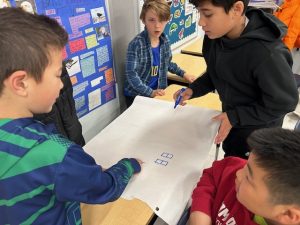 Working in groups is a significant part of learning and decision making, in school and many career fields. This requires us to be active listeners and contributors in order to build understanding and work towards a common goal. On our first day back from Spring Break, it was time for a desk change. We’ve tried various arrangements throughout the year so far, but this time the students decided on how the desks should be organized.
Working in groups is a significant part of learning and decision making, in school and many career fields. This requires us to be active listeners and contributors in order to build understanding and work towards a common goal. On our first day back from Spring Break, it was time for a desk change. We’ve tried various arrangements throughout the year so far, but this time the students decided on how the desks should be organized.
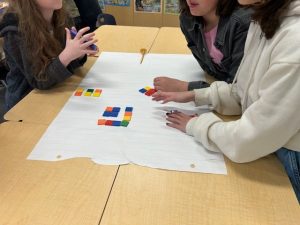 As a large group, we brainstormed the various arrangements they’ve experienced in the past, and discussed the possible design constraints (shape and size of the room, number of desks, etc). Then students broke into small groups, where each group used tiles to design a possible layout. They had to discuss and negotiate different possibilities before having to reach a consensus on which design they thought best suited our classroom. They recorded their designs on large paper and outlined pros and cons for their design, considering issues
As a large group, we brainstormed the various arrangements they’ve experienced in the past, and discussed the possible design constraints (shape and size of the room, number of desks, etc). Then students broke into small groups, where each group used tiles to design a possible layout. They had to discuss and negotiate different possibilities before having to reach a consensus on which design they thought best suited our classroom. They recorded their designs on large paper and outlined pros and cons for their design, considering issues 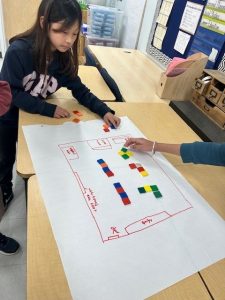 around use of space, mobility, and “chatter.” Groups presented their ideas to the whole class, and then students voted.
around use of space, mobility, and “chatter.” Groups presented their ideas to the whole class, and then students voted.
In the end, groups had varying degrees of success in terms of their ability to reach consensus and to express their ideas clearly. Interestingly, the layout that received the most votes was rows of pairs! I wasn’t sure if we would be able to fit them all with space for mobility as well, but it worked pretty out (with my own edit of two groups of three). Overall, we were successful as a class in creating our new arrangement.

Our final decision on an arrangement: rows of pairs.
 As part of our media literacy studies, and in preparation for Earth Day next week, students in Division 5 have been discussing the concept of “greenwashing.”
As part of our media literacy studies, and in preparation for Earth Day next week, students in Division 5 have been discussing the concept of “greenwashing.”
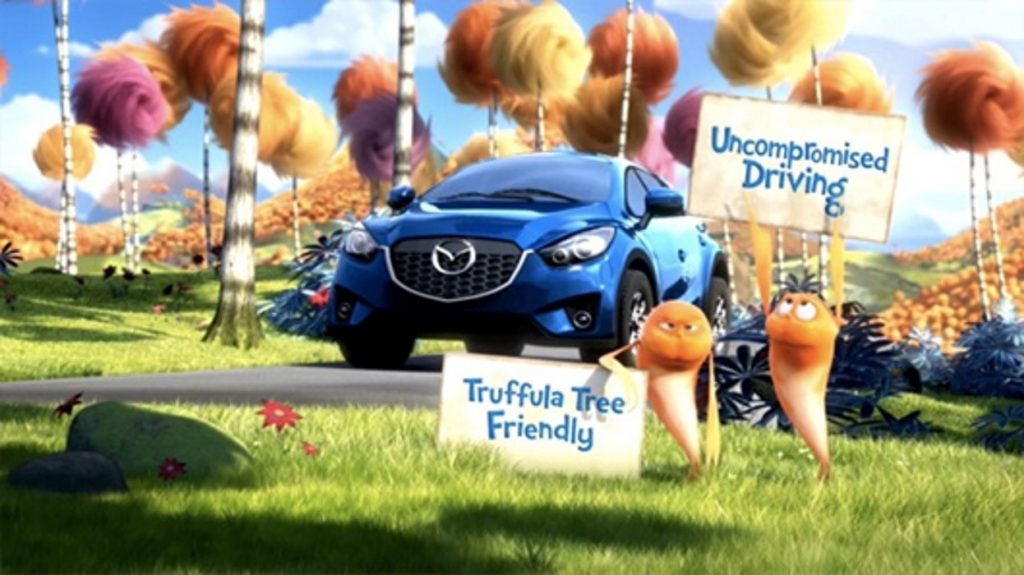
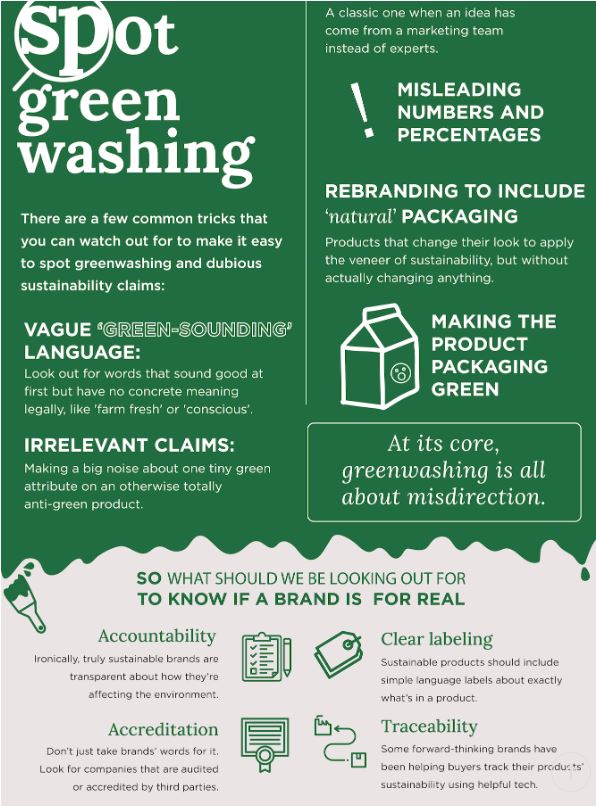
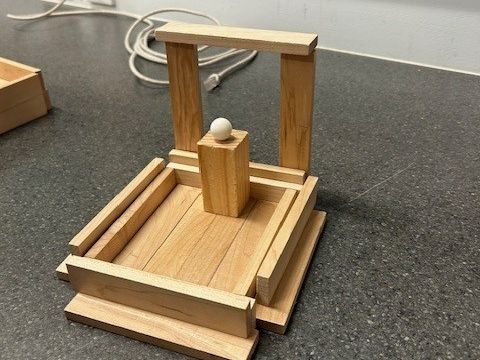
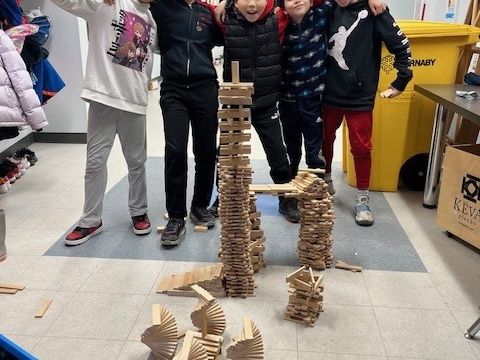
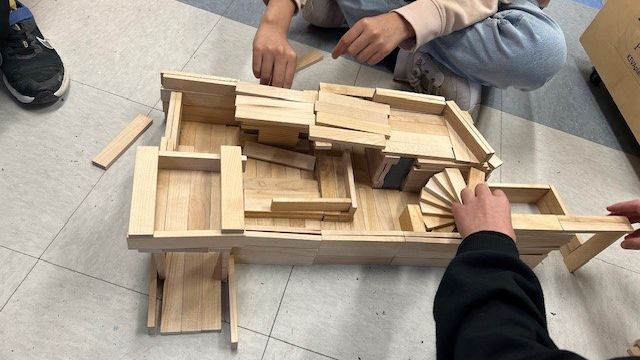
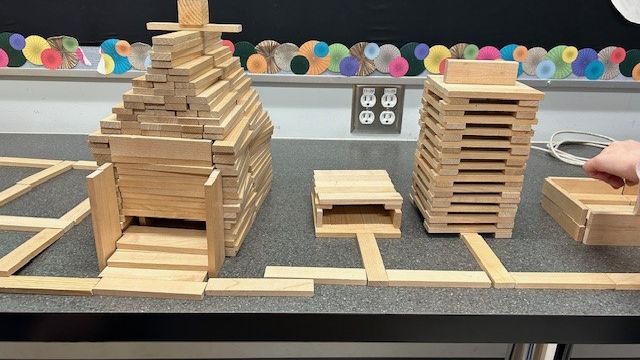
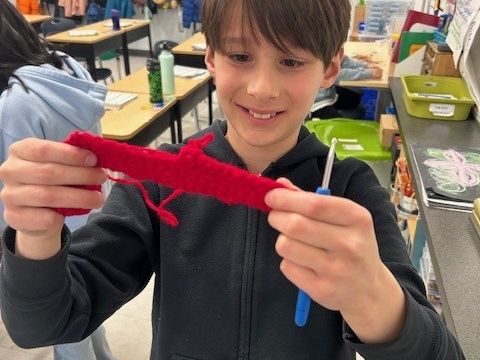
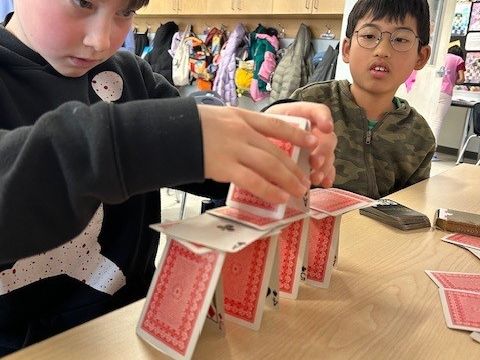
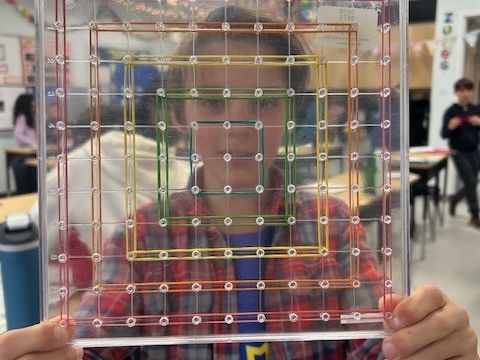
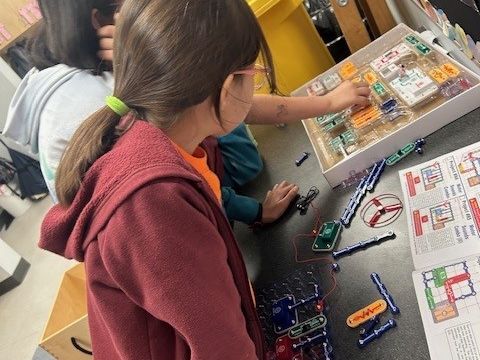
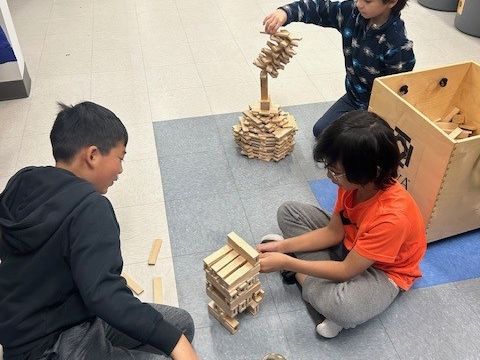
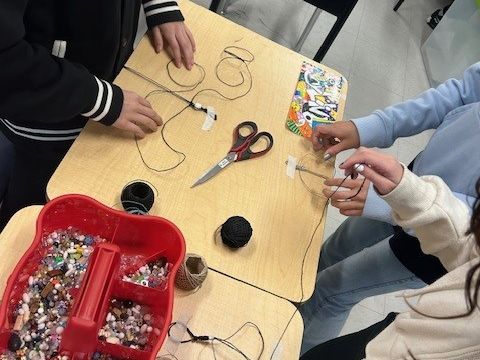
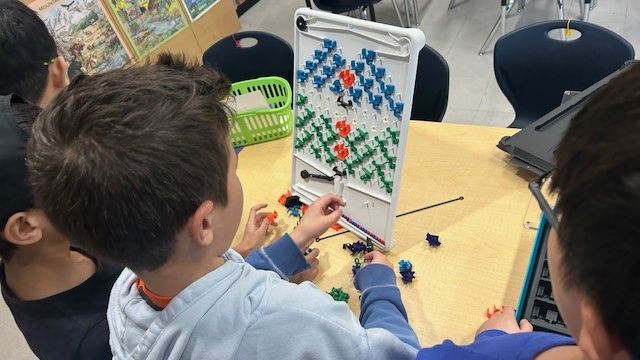
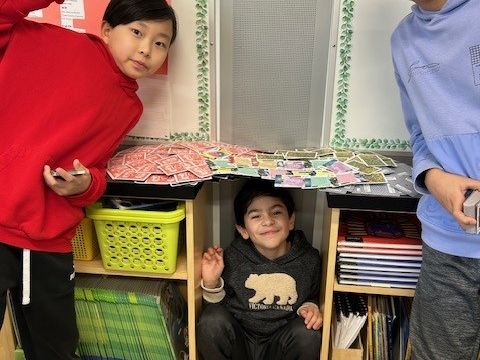
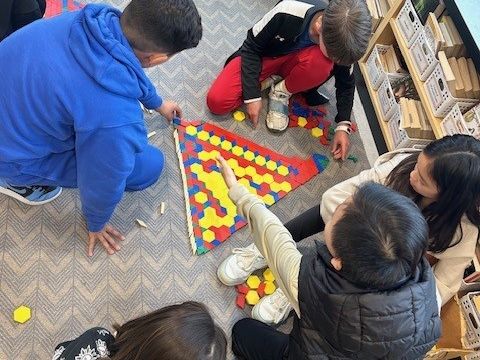
 Working in groups is a significant part of learning and decision making, in school and many career fields. This requires us to be active listeners and contributors in order to build understanding and work towards a common goal. On our first day back from Spring Break, it was time for a desk change. We’ve tried various arrangements throughout the year so far, but this time the students decided on how the desks should be organized.
Working in groups is a significant part of learning and decision making, in school and many career fields. This requires us to be active listeners and contributors in order to build understanding and work towards a common goal. On our first day back from Spring Break, it was time for a desk change. We’ve tried various arrangements throughout the year so far, but this time the students decided on how the desks should be organized. As a large group, we brainstormed the various arrangements they’ve experienced in the past, and discussed the possible design constraints (shape and size of the room, number of desks, etc). Then students broke into small groups, where each group used tiles to design a possible layout. They had to discuss and negotiate different possibilities before having to reach a consensus on which design they thought best suited our classroom. They recorded their designs on large paper and outlined pros and cons for their design, considering issues
As a large group, we brainstormed the various arrangements they’ve experienced in the past, and discussed the possible design constraints (shape and size of the room, number of desks, etc). Then students broke into small groups, where each group used tiles to design a possible layout. They had to discuss and negotiate different possibilities before having to reach a consensus on which design they thought best suited our classroom. They recorded their designs on large paper and outlined pros and cons for their design, considering issues  around use of space, mobility, and “chatter.” Groups presented their ideas to the whole class, and then students voted.
around use of space, mobility, and “chatter.” Groups presented their ideas to the whole class, and then students voted.